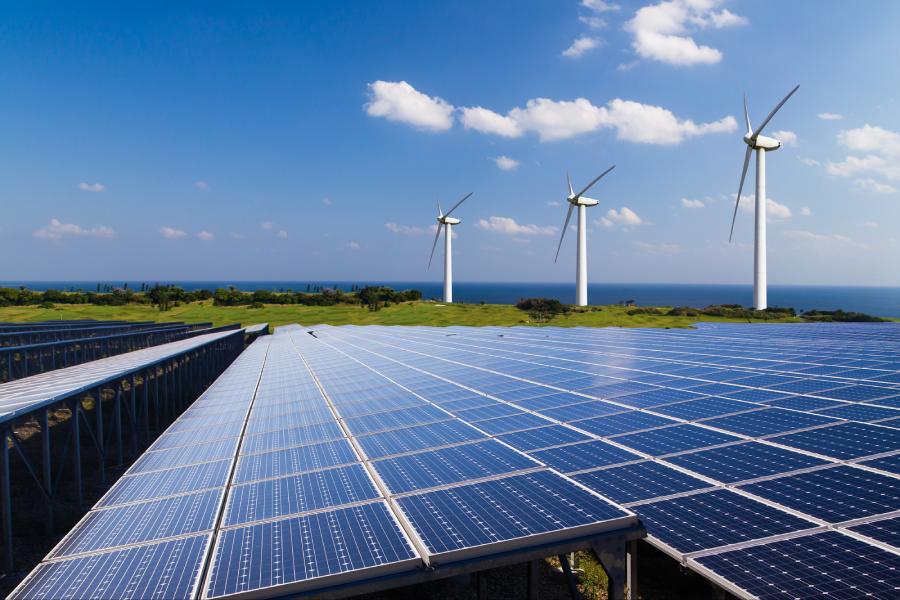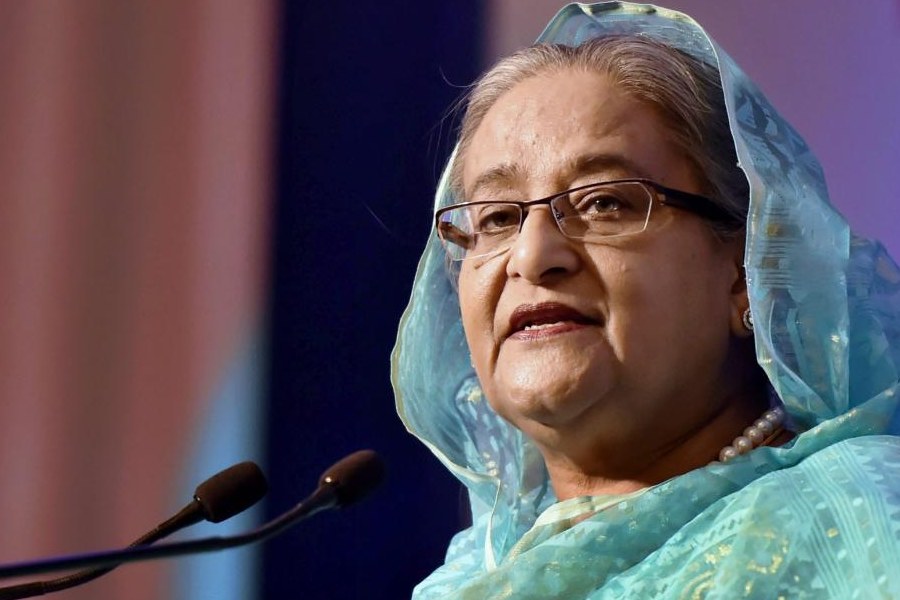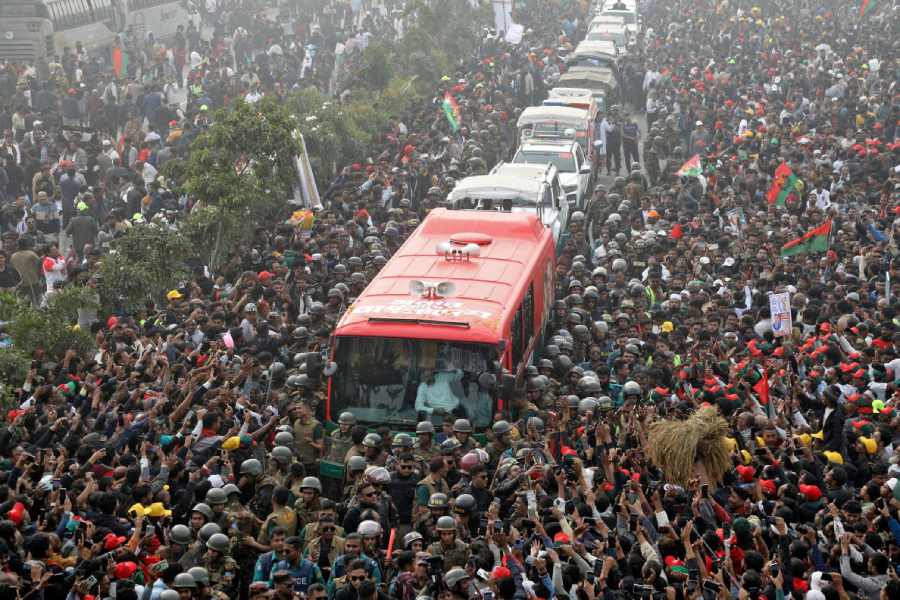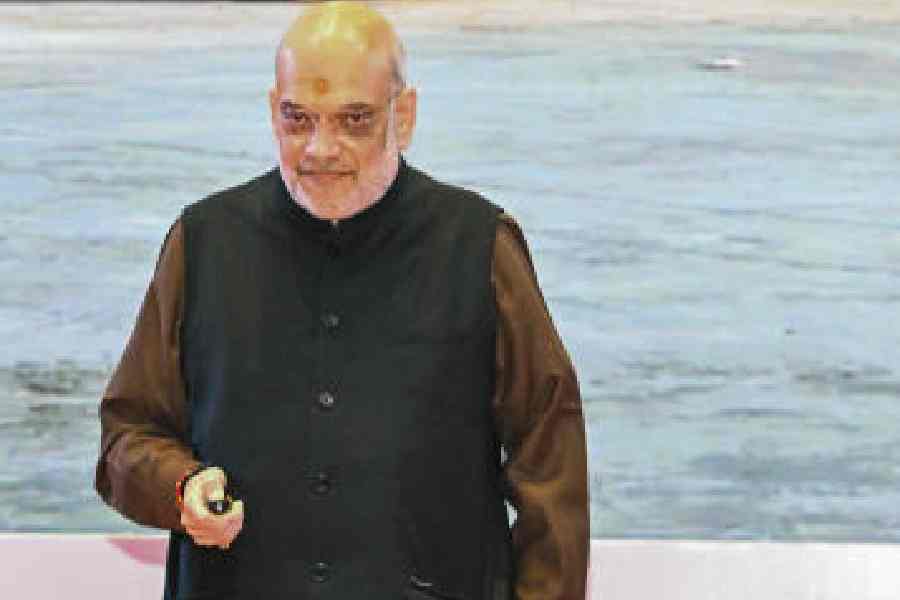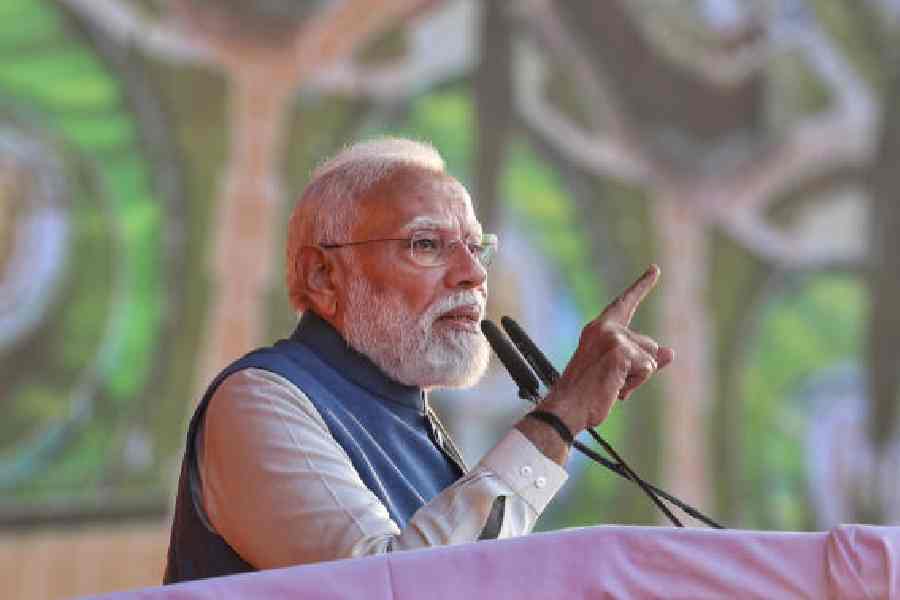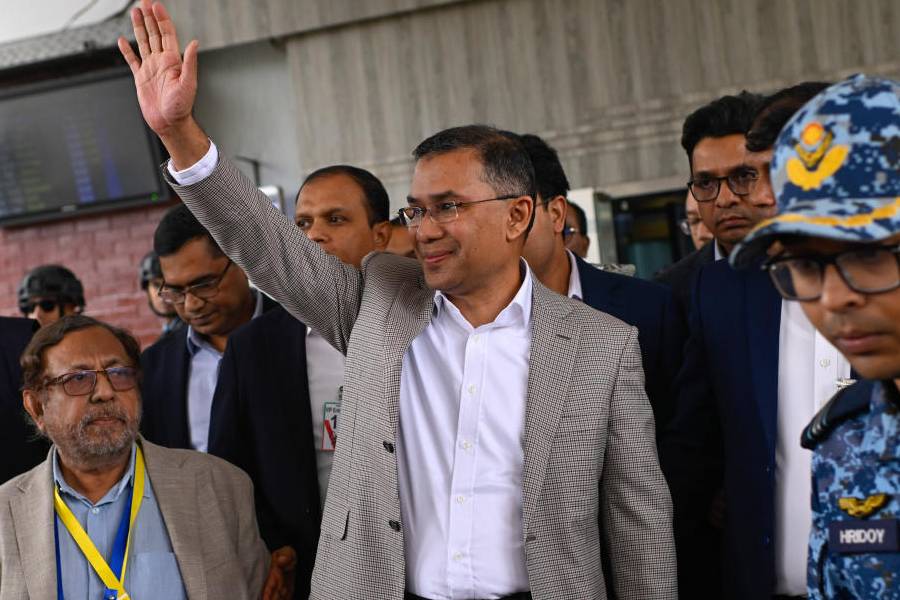Donald Trump’s tariffs on exports are a source of major concern for the Indian economy. Energy imports from Russia are under the lens too, with a threat of even higher tariffs. India is, however, expected to remain among the fastest-growing economies even if there is some moderation in growth. Energy security and the cost of energy will thus continue to be national priorities.
Energy efficiency offers a strategic solution to the productivity challenge. It has historically not received due attention even though India adopted ambitious climate targets. For example, India’s solar capacity increased from 3 GW to over 100 GW over the past decade, enabled by the articulation of ambitious targets, supportive policies, and well-designed programmes. However, India’s energy intensity improved by a modest amount — approximately 19% over the last decade.
What can India do to reduce its energy intensity?
First, we need to raise the ambition by adopting challenging energy efficiency goals. Historically, modest targets under schemes such as Perform, Achieve and Trade meant inadequate focus and performance. At COP 28, global leaders called for a doubling of energy efficiency from 2% to over 4% annually. India should consider adopting a 4% annual target for the medium term with some variations for different sectors.
Second, the organisational structure and its positioning need to be changed. To illustrate, the entities responsible for administering energy efficiency — the Bureau of Energy Efficiency and State Nodal Agencies — are currently embedded within the power or energy department whose primary mandate is to expand supply. Historically, such an arrangement may have been necessitated due to the lack of expertise and convenience, given that energy efficiency was not a strategic priority. Now, more than ever, energy efficiency deserves much higher visibility and priority.
Another driver for rethinking institutional arrangements is the stated intent to develop a national carbon market. Under the Carbon Credit Trading Scheme, the BEE is designated as the administrator with the responsibility to identify sectors and their potential for GHG reduction. Electricity is the largest emitter of GHGs. Further, the National Thermal Power Corporation, a public sector unit under the ministry of power, is the largest thermal generator. Such an arrangement, whereby the regulator and the regulated are principally the same entity, is unlikely to aspire to an ambitious target and will potentially be seen as a conflict of interest. It is therefore essential to consider alternative institutional arrangements to position energy efficiency as a strategic national priority. Departments such as the ministry of environment, forest and climate change should own and lead energy efficiency. Likewise, SNAs should be located under the climate change or environment department at the state level. Even more appealing is to consider the approach adopted in Thailand and the Philippines where energy efficiency is placed under the country’s highest political leadership.
Lack of resources and expertise, especially at the state level, has been a major constraint to accelerating energy efficiency. Virtually all states have a combined SNA to administer renewable energy and energy efficiency programmes. Rapid growth in renewables has led to inadequate attention to energy efficiency. Even at the Central level, Energy Efficiency Services Limited, a specialised company created as a Super-ESCO, has struggled to scale the market. Therefore, the third recommendation is to provide adequate resources to these organisations to accelerate energy efficiency policies and programmes.
India stands at a pivotal moment in its economic journey. Embracing energy efficiency as a strategic pathway to productivity and sustainability can enable a prosperous and cleaner future.
S. Padmanabhan is former Program Director & Energy Advisor, USAID India and Sr. Energy Specialist, World Bank, Washington
D.C.Gaurav Bhatiani is Senior Fellow, Ashoka Centre for a People-centric Energy Transition and Visting Professor, ISB

